This article was co-authored by wikiHow Staff. Our trained team of editors and researchers validate articles for accuracy and comprehensiveness. wikiHow's Content Management Team carefully monitors the work from our editorial staff to ensure that each article is backed by trusted research and meets our high quality standards.
wikiHow marks an article as reader-approved once it receives enough positive feedback. In this case, 97% of readers who voted found the article helpful, earning it our reader-approved status.
This article has been viewed 405,660 times.
Learn more...
Undercooked beans may seem fairly innocent, if a little gross. However, they can cause food poisoning if you're not careful to cook them properly. The problem is caused by a plant lectin, phytohaemagglutinin or hemagglutinin. If the beans are not cooked properly, it can cause a broad range of digestive problems with a variety of symptoms.
Steps
Cooking Beans Properly
-
1Soak the beans overnight. Soaking the beans helps remove the harmful plant lectin, hemagglutinin. Cover them in clean water with an inch or two extra at the top. Place a lid over them. Leave them to soak overnight.[1]
- Discard the water before cooking.
-
2Give beans a quick boil before cooking. After the beans have been soaking, it's a good idea to boil them to remove any remaining hemagglutinin. Bring the beans to a boil, and let them boil for 10 minutes before cooking as you normally would.[2]Advertisement
-
3Cook your beans thoroughly. The best way to avoid food poisoning from beans is to ensure they are cooked thoroughly. Each type of bean takes a different amount of time to cook, so read the back of the package, or find a chart on the web for the style of cooking you plan to use. You can choose to boil them, cook them in a pressure cooker, or use a slow-cooker. Beans should be soft and tender when they're done.[3]
- Several beans need only a relatively short cooking time: red lentils (cook 20-30 minutes, pressure cook 5-7 minutes), black (turtle) beans (boil for 45-60 minutes, pressure cook 15-20 minutes), fava or broad beans (cook for 45-60 minutes, don't pressure cook), and great northern (cook 45- 60 minutes, pressure cook 4-5 minutes).
- Some need a bit longer: chickpeas (cook 1.5 to 2.5 hours, pressure cook 15-20 minutes), kidney beans (cook 1 to 1.5 hours, pressure cook for 10 minutes), lima beans (cook 60-90 minutes, don't use pressure cooker), and pinto beans (cook 1.5 hours, pressure cook 10 minutes).
-
4Skim off the foam if you prefer. Beans produce foam at the top of the pot when you boil them. This foam is harmless, however, and it will be reabsorbed by the broth. However, you can skim it off if you'd like.
Staying Safe
-
1Opt for canned beans. If you're really worried about food poisoning, canned beans are a safer option than dried beans. They are already thoroughly cooked in the can, so you don't have to worry about cooking them.
-
2Choose beans that are lower risk. Red kidney beans have the highest concentrations of hemagglutinin, so they put you the most at risk. If you're worried, pick a bean with a lower concentration, such as cannellini beans or broad beans.[4]
- Chickpeas also contain much less hemagglutinin than red kidney beans, and lentils have an even smaller amount.
-
3Recognize the symptoms. If you do eat undercooked beans, look for symptoms of food poisoning. You may have nausea, vomiting, and diarrhea. You may also have cramps or abdominal pain. Generally, these symptoms appear within 3 hours of eating the beans. Visit urgent care or the ER if your symptoms are severe.[5]
Signs of Food Poisoning
References
About This Article
Eating undercooked beans can cause nausea, vomiting, diarrhea, cramps, and abdominal pain. To avoid food poisoning when cooking beans, soak them in water overnight. This helps to remove the poisonous lectin. In the morning, drain your beans and add clean water to the pot. When you cook your beans, let them boil for 10 minutes before you lower the temperature, which will get rid of any leftover lectin. Make sure you cook your beans for the right amount of time, like 30 minutes for red lentils, 90 minutes for black turtle beans or kidney beans, and 2 ½ hours for chickpeas. If you want to be really safe, buy canned beans, which are already cooked properly. For more tips, including how to choose beans with a low risk of food poisoning, read on!

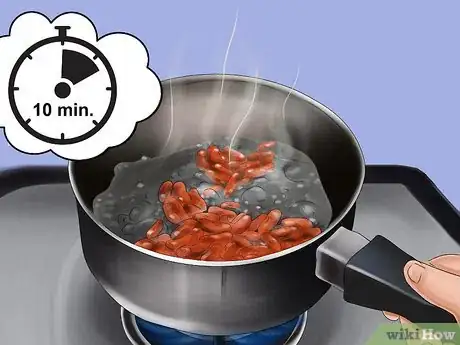
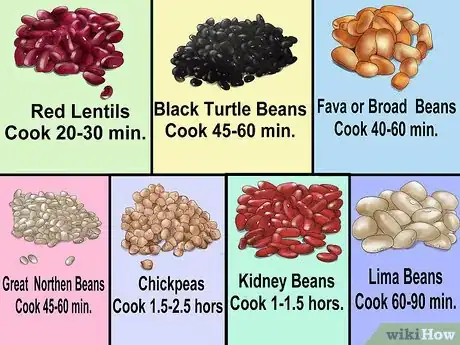

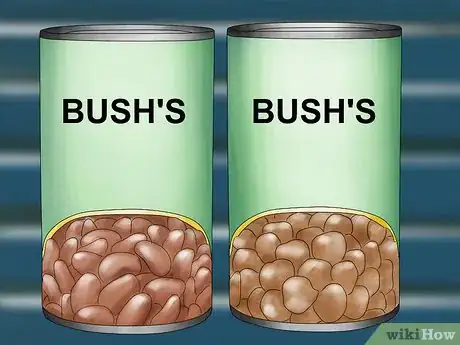
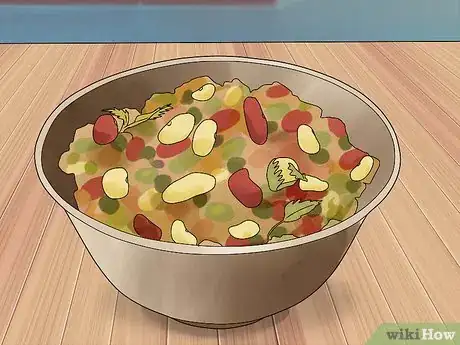
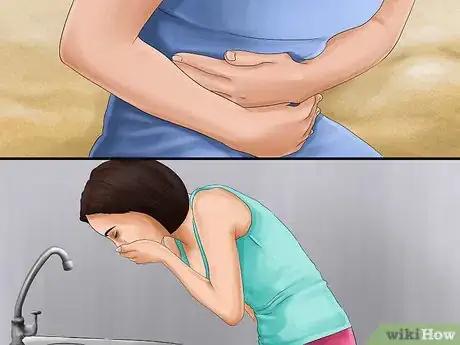
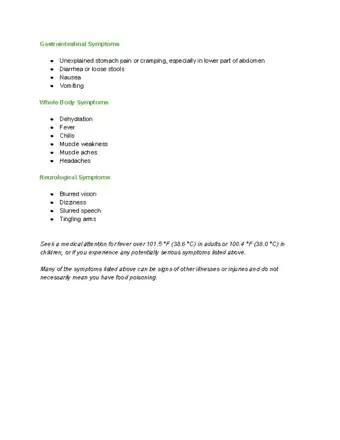
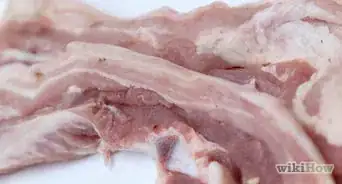




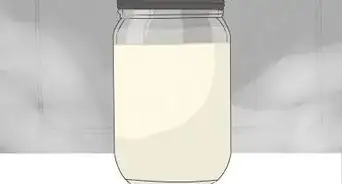
-Step-11.webp)
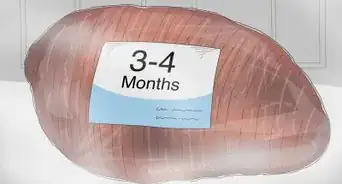
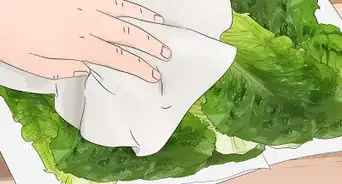
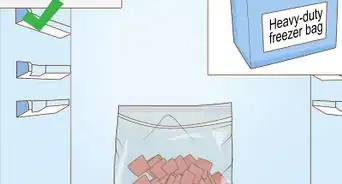












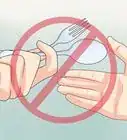





































Medical Disclaimer
The content of this article is not intended to be a substitute for professional medical advice, examination, diagnosis, or treatment. You should always contact your doctor or other qualified healthcare professional before starting, changing, or stopping any kind of health treatment.
Read More...